Many wonder how driverless cars will ever be able to navigate through any driving condition imaginable — but the point is self-taught machines, in theory, have the innate ability to adapt to chaotic and extreme driving conditions in ways far superior to what humans are capable of.
India represents a brilliant test case. There, driverless cars, especially in urban areas, will have to weave their way around moving obstacles in ways unimaginable for those who have never witnessed what driving in one of the world's most densely populated regions is like. This includes yielding to cows wandering through busy streets, yielding to pedestrians and other cars that suddenly dart in front of your car, and figuring out signages that, to put it euphemistically, are too-often conspicuously absent. In other words, it's chaos and madness for the uninitiated.
As Bloomberg reports, Tata Motors is struggling to develop a driverless version of its Nano car model, which retails for $3,500, that can navigate the often seemingly chaotic roads and streets in India, which is expected to become the world's third-largest car market in the new future. The company also concedes it is behind companies such as Alphabet's Waymo, Tesla, Uber, Volvo, Ford Motor, and other firms that have taken a clear lead in driverless.
But again, that is the beauty of neural network-based machine learning — the ability to benefit from fleet-sourced visual mapping data, to immediately perceive and react to any changes around or moving objects near the vehicle, and to learn, among other things, how to respond to chaotic driving conditions. These are just a few of the ways how driverless cars will eventually fare much better than human drivers do.
Machine-taught driving also involves making sure driverless vehicles can anticipate navigating through extreme cold and heat, and especially, knowing beforehand when to avoid certain areas that are unsafe. To this end across the world from India in Death Valley in Nevada and California, Waymo tweeted it is testing its driverless fleet of Chrysler minivans in extreme heat. In July, the average high temperature is 115 °F (46 °C) and average low temperature is 88 °F (31 °C), while these tests are all part of making sure driverless vehicles can drive in any public road or street anywhere.
Uber Shows Self-Drive Truck Program Is Alive and Well
Elsewhere in the news today, Uber says it has upgraded its driverless truck fleet, in a likely attempt to show that its driverless development continues, despite the recent upheaval at the ride-sharing firm. The upgrade includes the use of a high-powered 64-channel spinning LiDAR (light-detection and ranging sensors). It is also to be noted that the trucks are no longer Otto-badged, and instead, are now part of Uber's Advanced Technologies Group.
Elsewhere in the News
Ford has formed a dedicated research unit for the development of artificial intelligence and robotics as it hopes to maintain what it is says is a lead in driverless development. Tesla has, for the first time, made Autopilot available in Taiwan under the umbrella of a worldwide over-the-air software update for its Model S and Model X models' user interface.
Just updated your iPhone? You'll find new emoji, enhanced security, podcast transcripts, Apple Cash virtual numbers, and other useful features. There are even new additions hidden within Safari. Find out what's new and changed on your iPhone with the iOS 17.4 update.
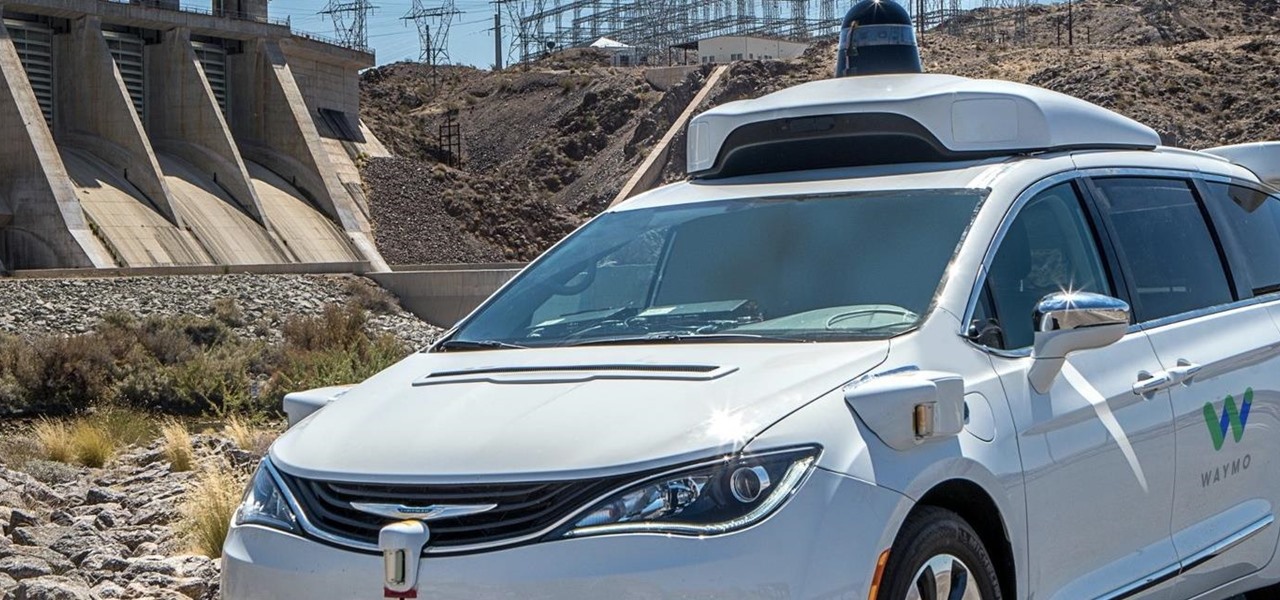


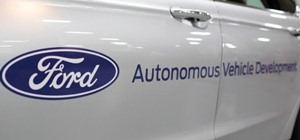

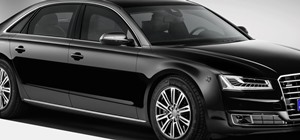



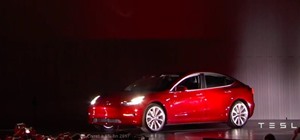

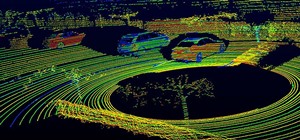

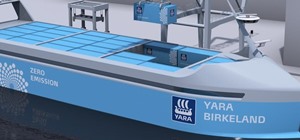
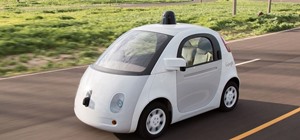
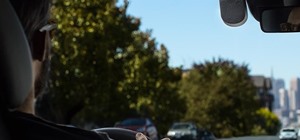


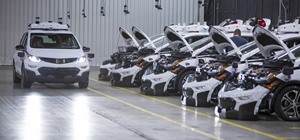

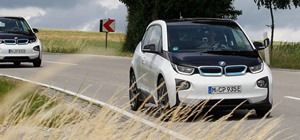
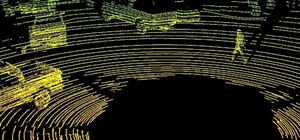
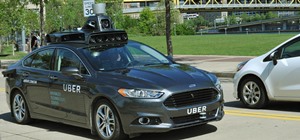
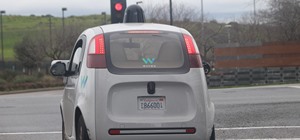

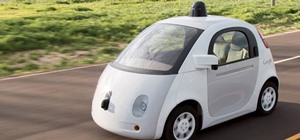
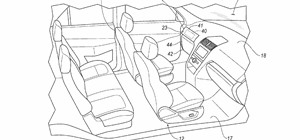

Be the First to Comment
Share Your Thoughts